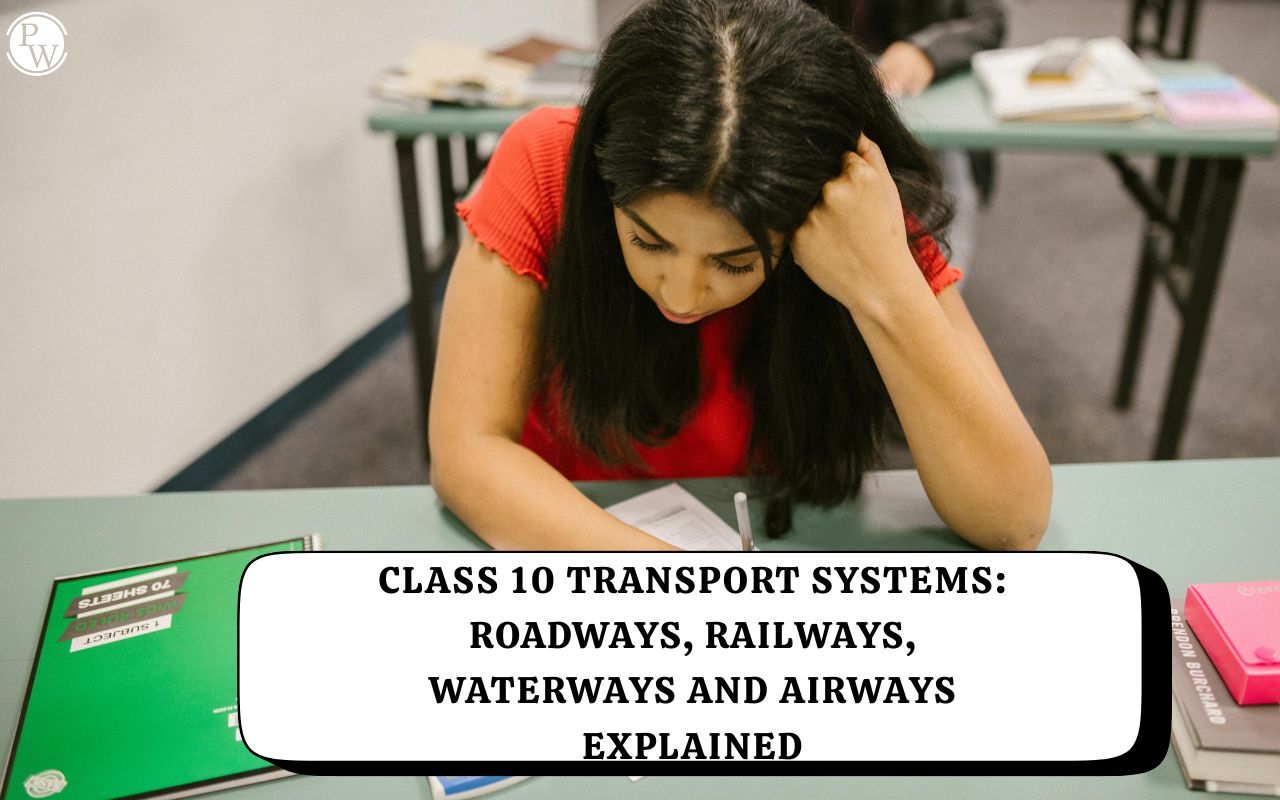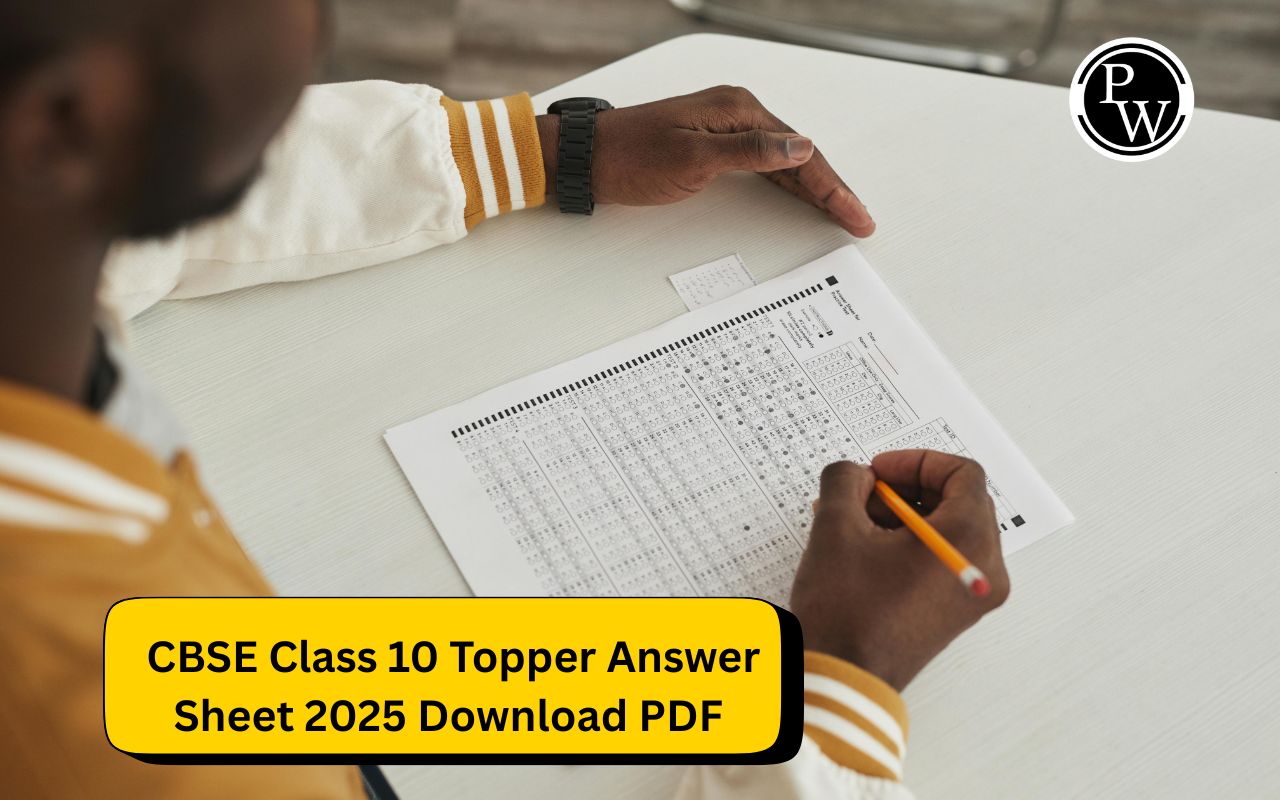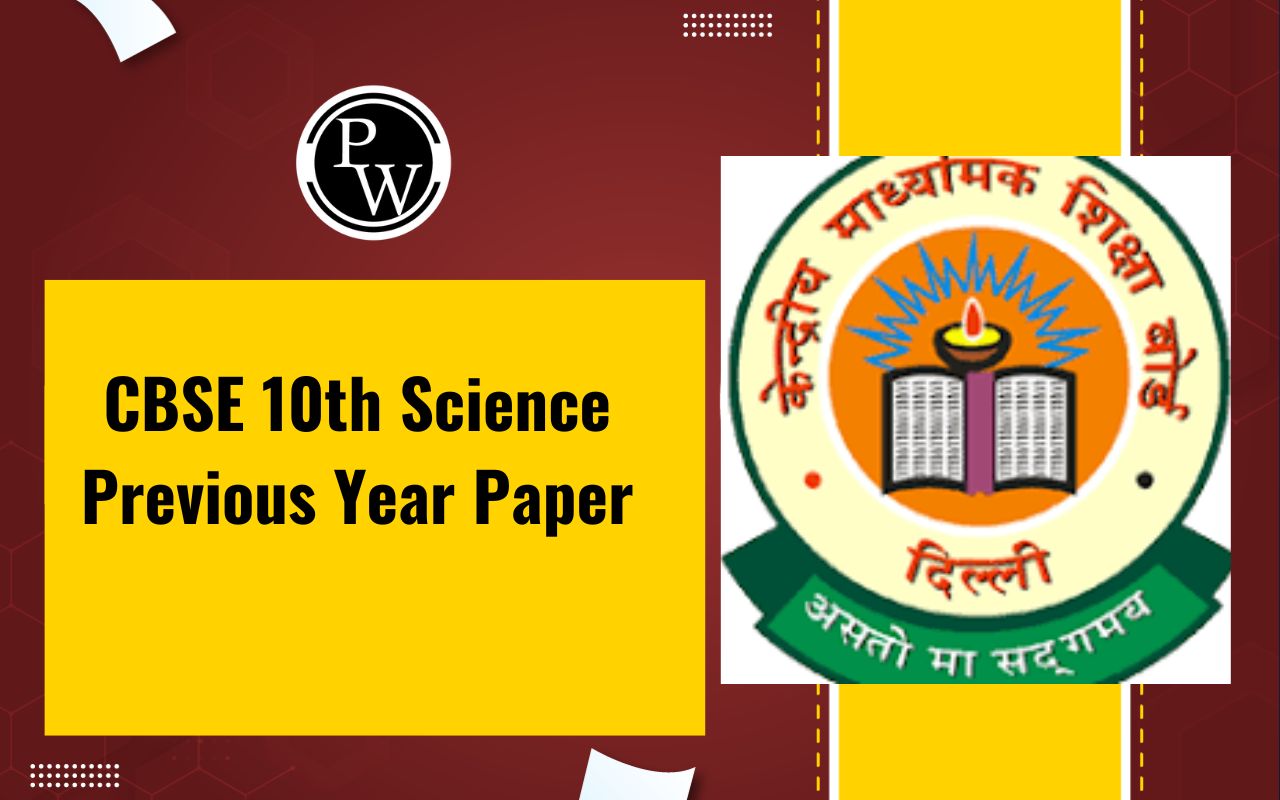

The introduction of the concept of gravitation in physics marked a significant turning point in our understanding of the fundamental forces that govern the behavior of objects in the universe. The movements of planets, stars, galaxies, and even common phenomena we encounter on Earth are all a result of gravitation.
What Is Gravitational Force?
The movements of planets, stars, galaxies, and even common phenomena we encounter on Earth are all a result of gravitation, the force of attraction that exists between all masses in the universe. It is responsible for the interaction between all objects in the universe that have mass, from tiny particles to planets, stars, galaxies, and beyond.
Also Read - Source of Energy Formula
Newton’s Law of Gravitation
Newton's Law of Gravitation, formulated by Sir Isaac Newton in 1687, is one of the fundamental pr F = G (m1 m2) / r 2 inciples of classical physics. It describes the gravitational force between two objects with mass and is applicable to a wide range of everyday and astronomical scenarios. The law states that every particle of matter in the universe is drawn to one another by a force that is directly proportional to the product of their masses and inversely proportional to the square of the distance between their centres.
Mathematically, this law is expressed as:
F = G (m 1 m 2 )/r 2
Where:
- The gravitational force between two objects is denoted by f .
- G is the gravitational constant (a fundamental constant of nature),
- m 1 and m 2 are the masses of the two objects,
- The separation between the centres of the two objects is known as r.
History of Gravitational Theory
- Ancient and Medieval Periods:
-
-
- In ancient times, the concept of gravity was often intertwined with philosophical ideas. Ancient Greek philosophers like Aristotle proposed that heavier objects fall faster than lighter ones, a notion that was accepted for centuries.
- During the medieval period, scholars like John Philoponus and Ibn al-Haytham challenged Aristotle's ideas, suggesting that objects fall at the same rate regardless of their mass.
-
- 17th Century: Newtonian Gravity:
-
-
- The law of universal gravitation is said to have been created by Sir Isaac Newton in the late 17th century. Newton stated that every mass attracts every other mass with a force inversely equal to the square of their distance and proportionate to the product of their masses in his 1687 book "Philosophiae Naturalis Principia Mathematica" (Mathematical Principles of Natural Philosophy).The planets' and other celestial bodies' motions were satisfactorily explained by this law.
-
- 19th Century: Advances and Refinements:
-
-
- In the 19th century, scientists like Pierre-Simon Laplace and Siméon Denis Poisson refined Newton's gravitational theory and introduced mathematical techniques to analyze celestial mechanics more precisely.
- The French mathematician Urbain Le Verrier used these techniques to predict the existence and location of the planet Neptune based on deviations in the orbit of Uranus. The subsequent discovery of Neptune in 1846 provided strong support for the accuracy of gravitational theory.
-
- Einstein's General Theory of Relativity:
-
-
- Albert Einstein's breakthrough came in 1915 with the development of the general theory of relativity. In contrast to Newton's description of gravity as a force between masses, this ground-breaking hypothesis postulated that gravity is actually a curvature of spacetime brought on by mass and energy. Other objects move along curved pathways as a result of the warping of spacetime caused by massive objects like planets and stars.
- General relativity successfully explained phenomena like the precession of Mercury's orbit and gravitational lensing.
-
- 20th and 21st Centuries: Further Discoveries:
-
- General relativity was confirmed through experiments, such as the famous Eddington expedition in 1919 that observed the bending of starlight during a solar eclipse.
- Later in the 20th century, advances in technology allowed scientists to detect gravitational waves—ripples in spacetime caused by massive cosmic events—providing direct evidence for the predictions of general relativity.
- Modern theories like string theory and loop quantum gravity continue to explore gravity's nature at the quantum level and its relationship with other fundamental forces.
Also Read - Chemical Effect of Electric Formula
Vector Form of Newton’s Law of Gravitation
Newton's law of gravitation describes the force of gravitational attraction between two objects with masses m 1 and m 2 , separated by a distance r .
The vector form of Newton's law of gravitation is given by:
g=−GMrr 3 (point mass).
Where,
r is where the test point lies in relation to the mass M.
Thus, r = x test - x mass , where x test and x mass are the position vectors of the test point and the mass M.
Gravitational Force Formula
The gravitational force formula, as described by Isaac Newton's law of universal gravitation, is given by:
F = Gm 1 m 2 /r 2
Where,
- The gravitational force (F), which is measured in Newtons (N), between two objects.
- G is the universal gravitational constant with a value of 6.674 × 10 -11 Nm 2 kg -2 .
- M 1 is the mass of one massive body measured in kg.
- The mass of another enormous body, measured in kg, is m 2 .
- The distance between them, r, is expressed in kilometres (Km).
Principle of Superposition of Gravitational Forces
The principle of superposition states that when you have multiple masses in a system, the gravitational forces between them act independently of each other. In other words, the total gravitational force on a given object is the vector sum of the individual gravitational forces exerted by all the other masses in the system.
Mathematically, if you have three masses (m 1 , m 2 , and m 3 ) at different positions, the total gravitational force (F_total) on one of the masses, say m1, due to the other two masses can be calculated as:
F total = F 12 + F 13 ,
Where:
- F 12 is the gravitational force between m 1 and m 2 ,
- F 13 is the gravitational force between m 1 and m 3 .
Using Kepler's Law to derive Newton's Law of Gravitation
Consider a test mass that is rotating in a nearly circular orbit of radius 'r' while maintaining a constant angular speed around a source mass. Consequently, the test mass's centripetal force for its circular motion is,
F = mrω 2 = mr × (2π/T) 2 .
According to Kepler’s 3rd law,
T 2 ∝ r 3
Using this in force equation,
we get,
F = GMm/r 2 .
Also Read - Force And Laws Of Motion Formula
Important Formula’s
- Orbital Velocity Formula
Vorbit =√GM/R
Where,
G = Gravitational Constant
M = Mass of the Body at Centre
R = Radius of the Orbit
- Gravitational Potential Energy Formula
GPE = m⋅g⋅h
Where,
m is the mass in kilograms
g is the acceleration due to gravity (9.8 on earth)
h is the height above the ground in metres
- Escape velocity Formula
V=√ 2GM/ R
Where,
- V is the escape velocity
- G is the gravitational constant
- M is the mass of the planet
- R is the radius from the center of gravity
Gravitational Acceleration Formula FAQs
What is gravitation?
Who discovered the law of gravitation?
What is the value of the gravitational constant (G)?
Why do objects fall to the ground?
Does the mass or distance between objects affect gravitational force?
Why do planets orbit the Sun?
Is there zero gravity in space?
Can gravitation be shielded or blocked?












